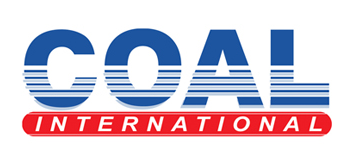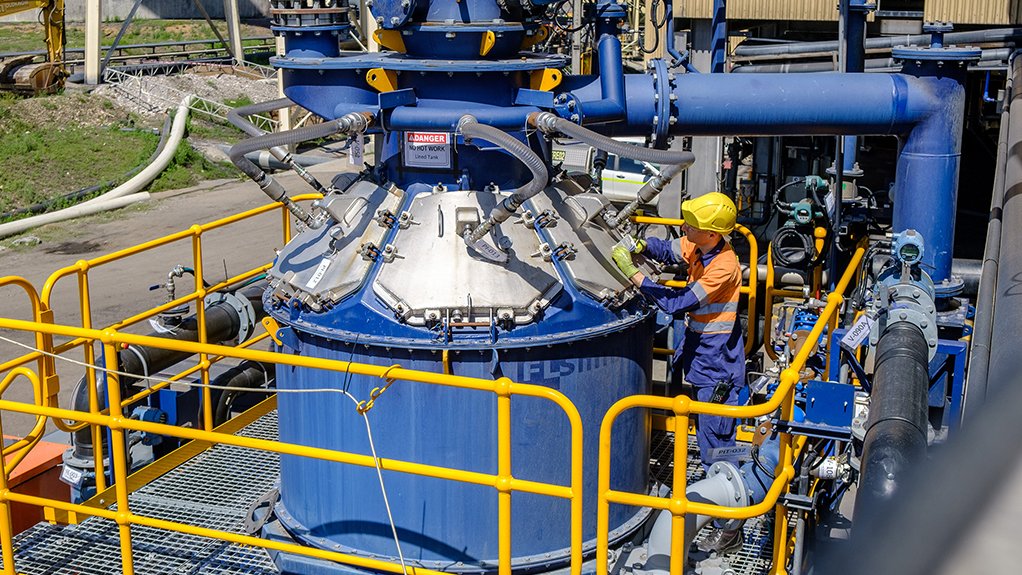South Africa’s era of large-scale dense media coal plants may be drawing to a close, according to DRA minerals processing consultant Mark Cresswell.
Speaking at the twenty-first International Coal Preparation Conference in Sun City, on October 14, he highlighted that there were few project engineering companies that still had the in-depth knowledge of building these high-capacity plants, a situation largely driven by shrinking market demand.
“We’ve had 85 years of continuous development. The evolution of dense media and centrifugal separation has never stopped and it remains the most efficient technology for minerals processing. It is also unique in using effective performance measures (EPMs) to measure efficiency,” he said.
Dense media cyclones have been refined over decades to separate coal and minerals efficiently at scale. Cyclones now reach diameters of up to 1 500 mm, while screens have widths up to 4.2 m, Cresswell noted.
Allied equipment, including magnetic separators, screens and pumps, has evolved to make plants more reliable and easier to maintain. The introduction of high-strength rare earth magnets has eliminated the need for multistage magnetic separation, reducing both the complexity and cost of plant designs.
“If you ever try to calculate an EPM for a flotation process – which is not easy, especially when separating very fine particles – you may find extraordinary values, like 1.2. It takes a lot of work to arrive at this figure, so people usually don’t report EPMs without other supporting equipment. But there’s no doubt that dense media is the most efficient. They outperform jigs, hands down, in terms of efficiency,” he said.
Despite these technical advances, Cresswell noted that the technology was approaching its practical size limits. Cyclones and screens were now near the maximum dimensions at which they could operate efficiently. Fine coal plants of this scale had been successfully built, but they are expensive to build and maintain.
“There are very few project engineering companies now with in-depth design knowledge for these big plants, and that’s really just because there isn’t a market.
“Is there ever going to be another 2 000 t/h dense media coal plant in South Africa? Somehow, I doubt it. So this knowledge is going to fade away over time. But maybe it is time up for this technology. There are big companies that can do this, but only time will tell,” he said.
He noted that, while new competitive technologies such as three-product cyclones or alternative separators were available, they generally involved trade-offs in efficiency or were applicable only in specific circumstances.
Cresswell said future developments in dense media technology were likely to focus on incremental improvements in automation, energy efficiency, modularisation or adaptation to different coal types and environmental regulations.



